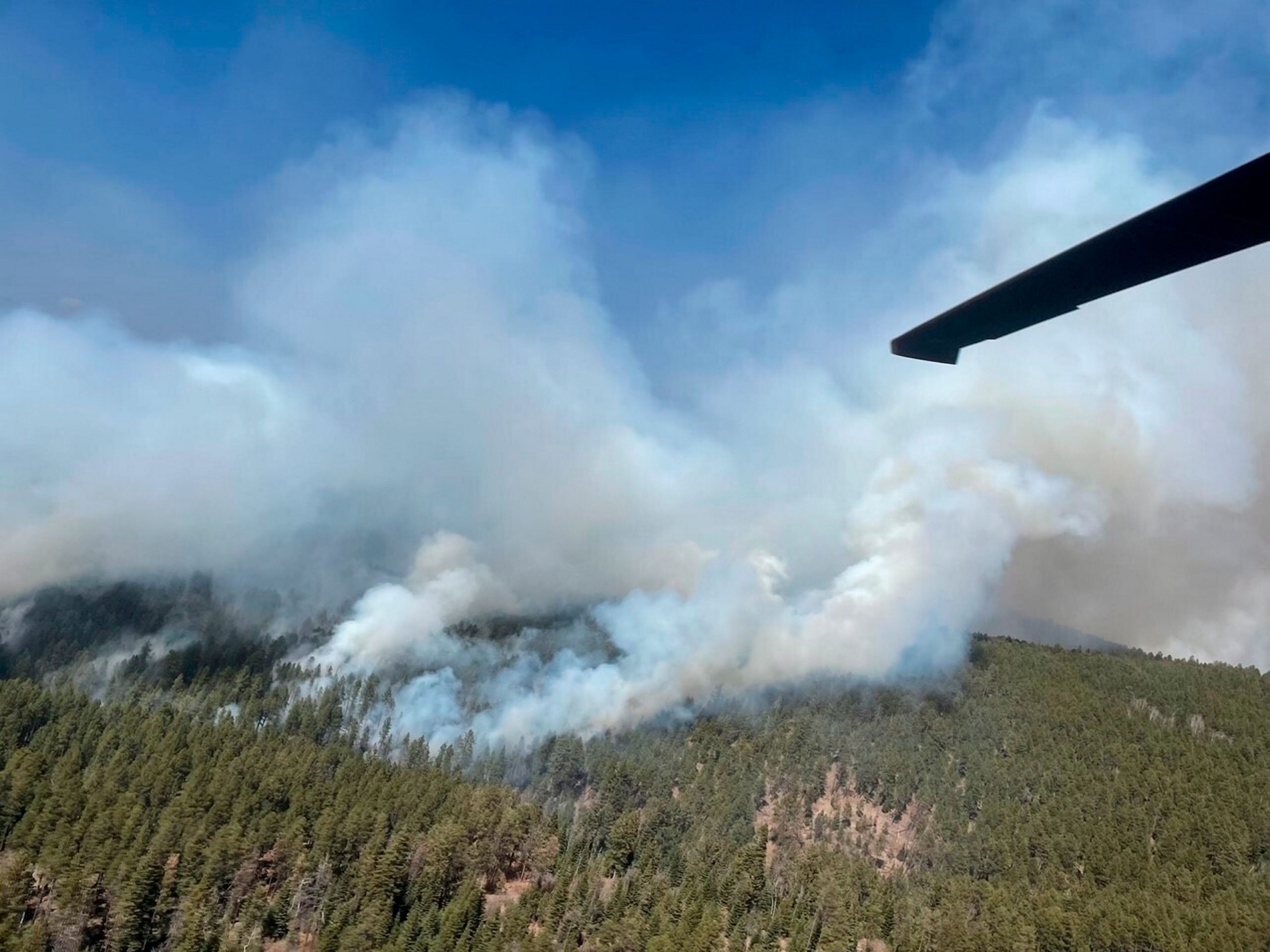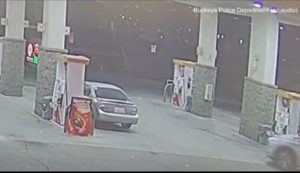Weather conditions described as potentially historic were on tap for New Mexico on Saturday and for the next several days as hundreds of firefighters and a fleet of aeroplanes and helicopters worked feverishly to bolster lines around the largest fire burning in the U.S.
Many families already have been left homeless and thousands of residents have evacuated due to flames that have charred large swaths of the Sangre de Cristo Mountains in northeastern New Mexico.
Also read: In pics: Mexico celebrates Cinco de Mayo, recreates Battle of Puebla
Residents on the fringes of the shifting fire front were holding out hope that all the work done over recent days to clear brush, install sprinklers, run hose lines and use bulldozers to scrape lines will keep the fire from reaching the small city of Las Vegas and other villages to the north and south.
“There’s uncertainty and there’s fear about how the winds are going to affect the fire from day to day,” said Elmo Baca, chairman of the Las Vegas Community Foundation. “Once the people are evacuated out of an area, they can’t go back, so they’re just stuck worrying.”
Also read: Cinco De Mayo 2022: History, significance and celebrations
The blaze has blackened more than 262 square miles (678 square kilometres) over the last few weeks.
The start of the conflagration has been traced in part to a preventive fire initiated by the U.S. Forest Service in early April to reduce flammable vegetation. The blaze escaped control, merging with another wildfire of unknown origin.
Nationwide, close to 2,000 square miles (5,180 square kilometres) have burned so far this year, with 2018 being the last time this much fire had been reported across the country, according to the National Interagency Fire Centre. And predictions for the rest of the spring do not bode well for the West, where long-term drought and warmer temperatures brought on by climate change have combined to worsen the threat of wildfire.
Also read: Bidens host Mexico’s first lady as guest of honour at Cinco de Mayo party
Forested areas in southern New Mexico, Arizona and Colorado also saw an early start with blazes forcing evacuations and destroying homes last month.
Incident Commander Dave Bales said firefighters working in northeastern New Mexico have been focused on protecting homes and other structures that hold generations of sacred memories.
“It’s hard when I see so many people displaced,” he said, noting that many hugs have been shared around town.
Also read: If Roe v. Wade falls: What Canada thinks of SCOTUS’ draft opinion
The crews have seen extreme wind events before that usually last a day, maybe two. But Bales said this event could last five or more days with gusts topping 50 to 60 mph (80 to 96 kph). He also warned that flames could be carried up to a mile away.







